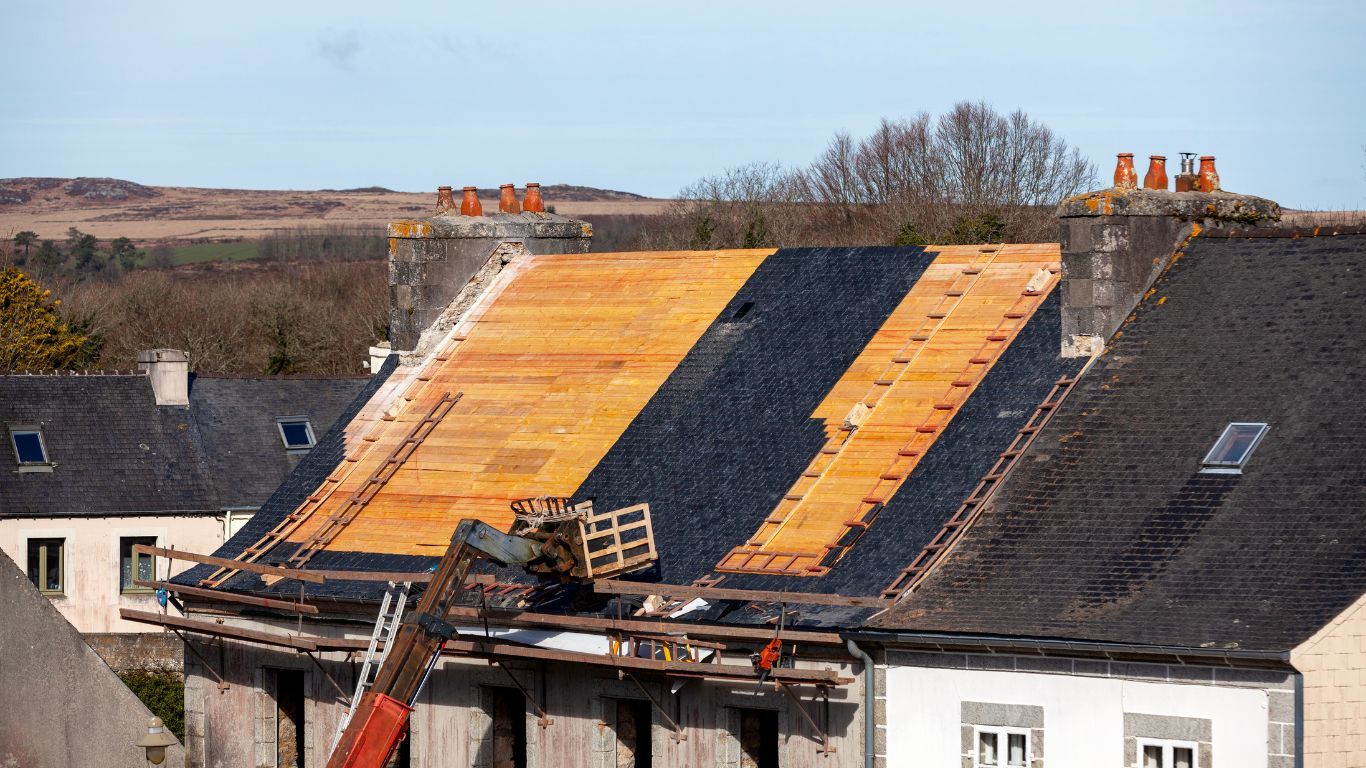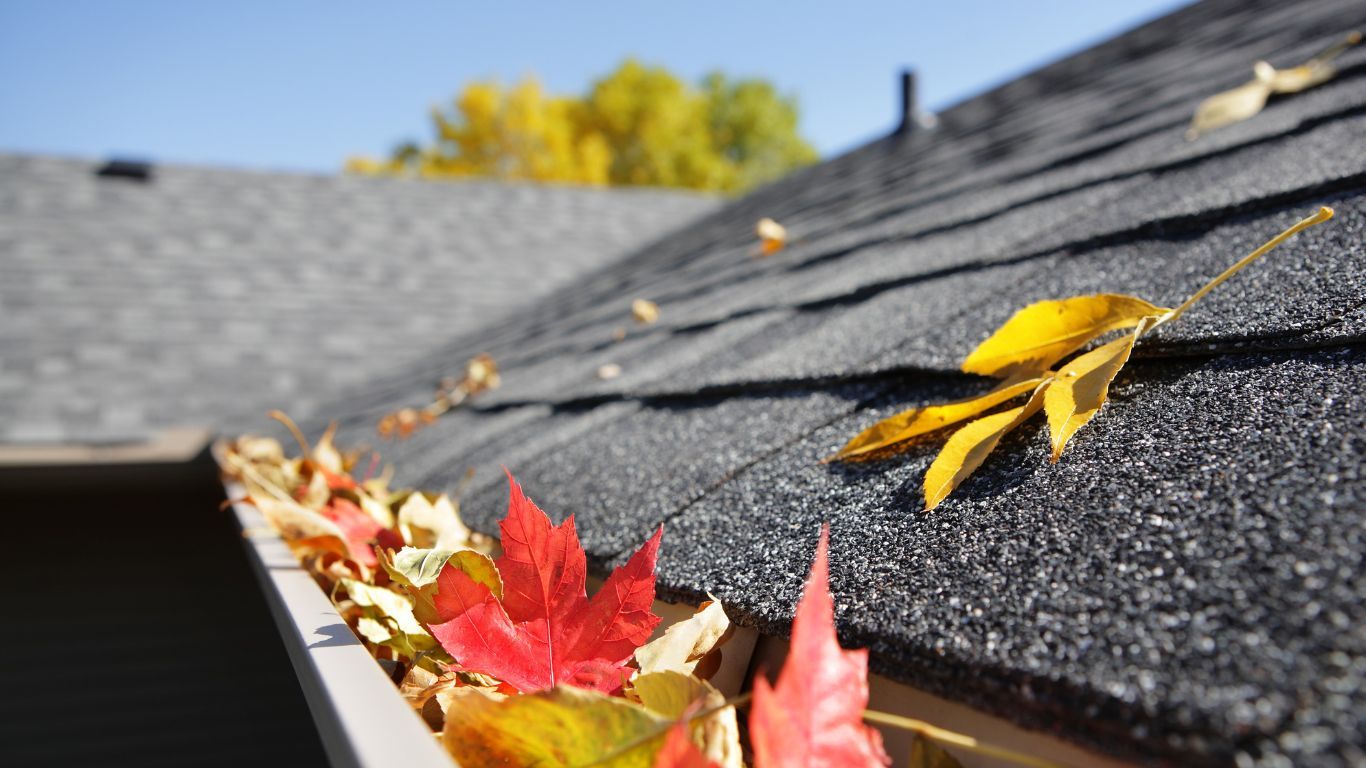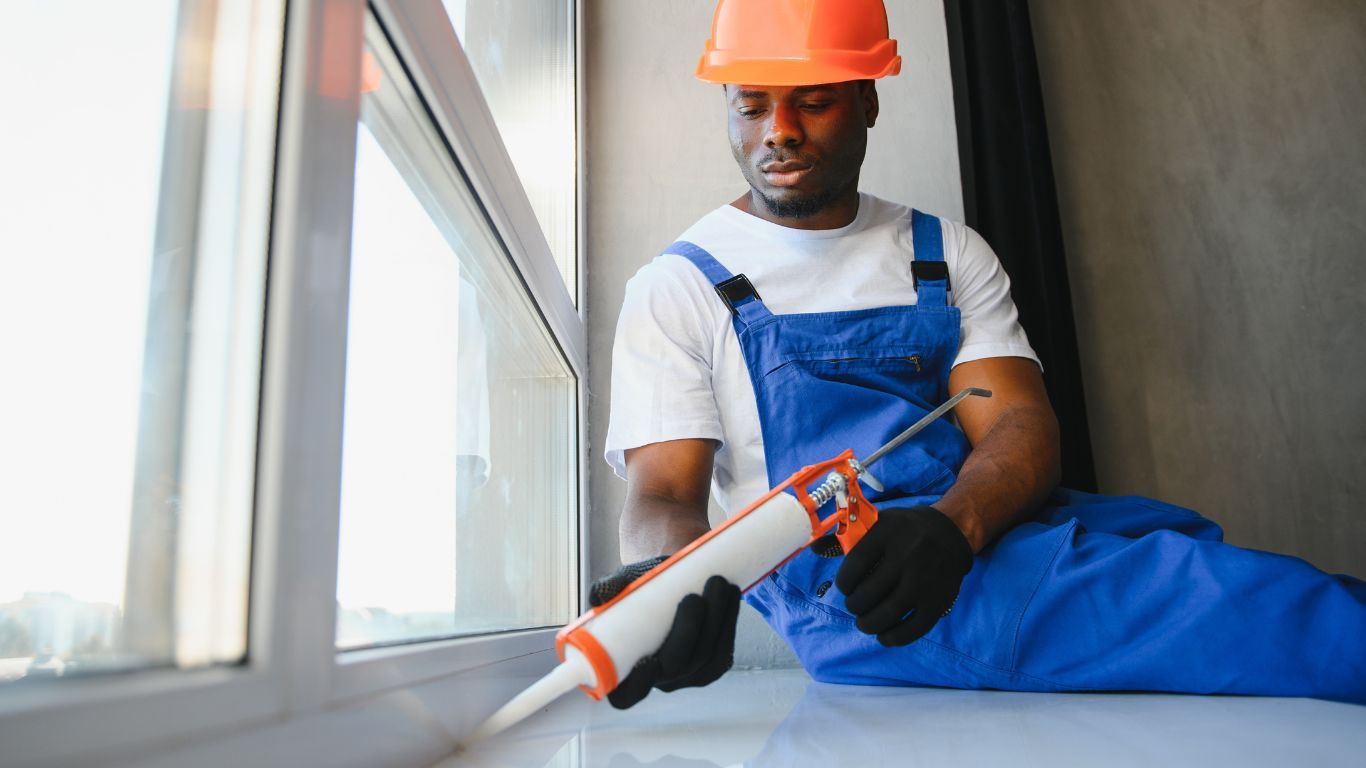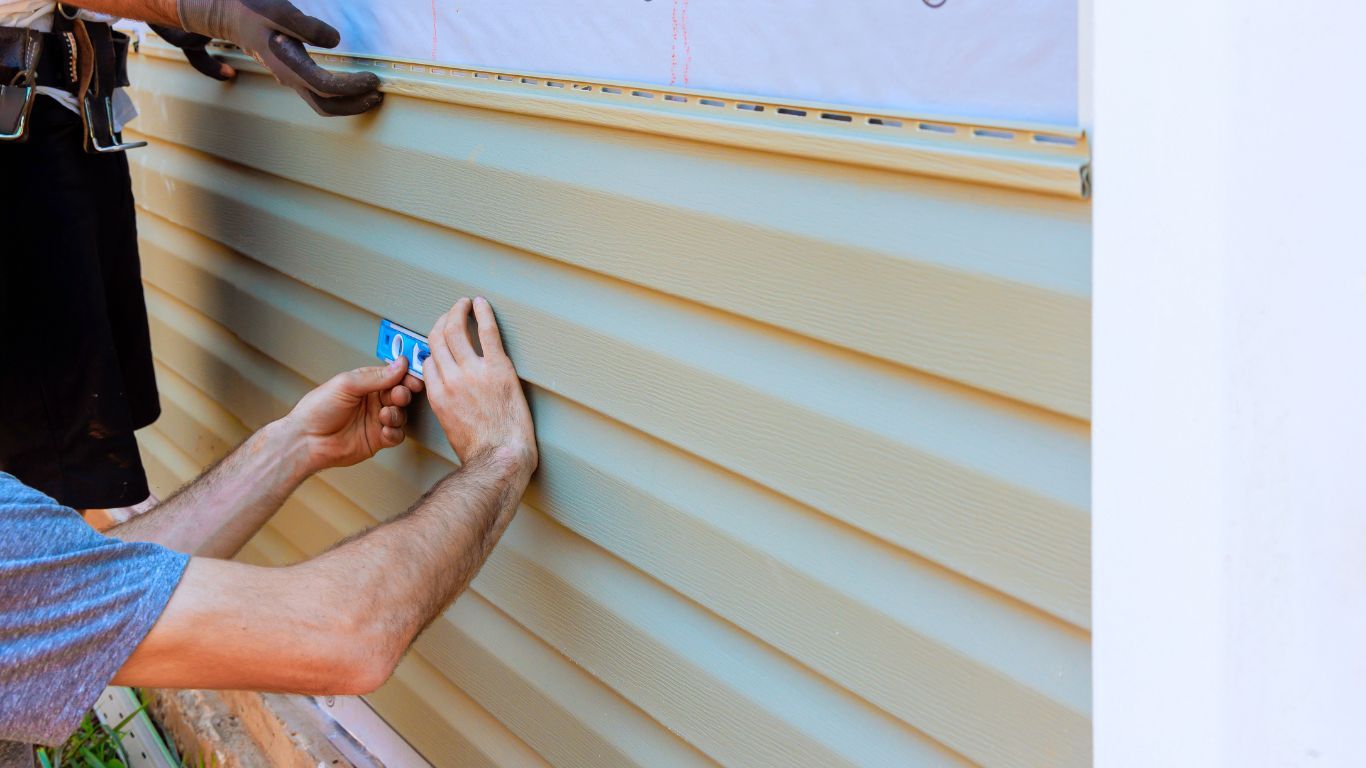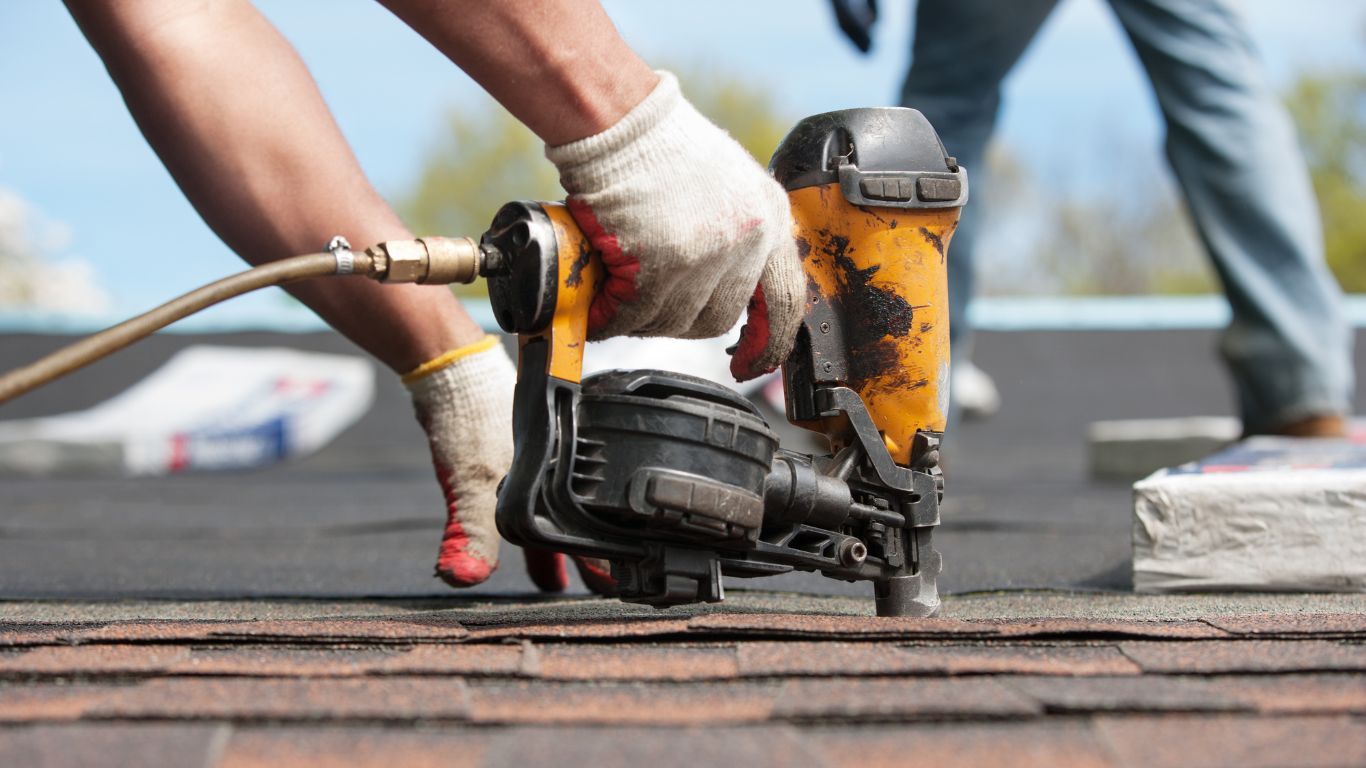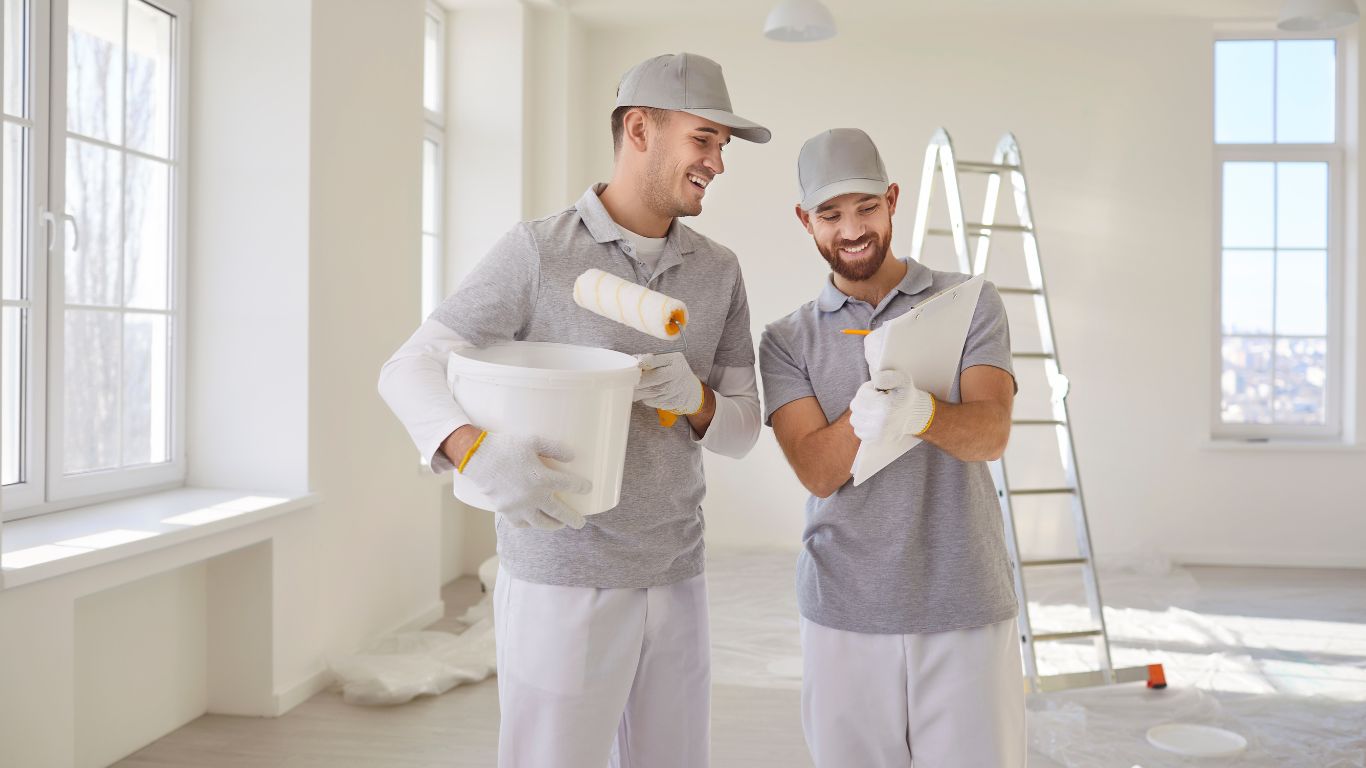Black Mold in The Shower
Black mold is a type of fungus that affects homes. It can grow on many surfaces, including walls, ceiling tiles, and window sills. If you think you might have black mold in your home, it's important to check and make sure it isn't growing anywhere else before attempting to remove it yourself.
Can I quickly get rid of the black mold in the bathroom?
- How to get rid of black mold in the bathroom:
- There are two ways to get rid of black mold in the bathroom quickly. You can use bleach or hydrogen peroxide. The first thing you need to do is clean everything with hot water and soap. Then, use a spray bottle that has a 50/50 mixture of water and bleach (let it sit for 10 minutes). You can also use hydrogen peroxide mixed with water in a spray bottle, but let it sit for 24 hours before you clean it again with hot water and soap.
- What do I need to clean black mold?
- You will need some bleach or hydrogen peroxide, scrub brushes, paper towels, gloves, and safety goggles if applicable
How to prevent mold from growing in the home
Maintaining a clean and dry bathroom is the best way to prevent mold from growing in your home. Here are some tips for keeping your bathroom free of mold and mildew:
- Keep humidity levels low. A high humidity level can encourage mold growth in all areas of the house, including bathrooms. To avoid this problem, run a dehumidifier when necessary, or open windows when it's warm outside to allow more air circulation into the home.
- Clean regularly with bleach water (1 part bleach and 10 parts water). Bleach kills germs that cause illness and keeps surfaces like shower curtains white without fading them (bleach doesn't remove dirt). Of course, you should never mix bleach with other household cleaners because it could react dangerously with those products' ingredients!
- Don't leave wet clothes on floors or counters—they can lead to mold infestations if left there too long (and depending on how much moisture they release). You should also make sure that any shoes you wear inside aren't left out at night since they may drip water onto carpets while they're drying."
What is black mold and how does it form?
Black mold is also known as Stachybotrys chartarum and is sometimes referred to as toxic black mold. It's a type of fungus that grows in damp, dark places like bathrooms and basements. Mold spores are everywhere, but they only grow when they have enough moisture—which is why you can't see mold on the walls of your kitchen or bathroom unless there's been a leaky pipe or another source of water damage.
Black mold looks like black cotton candy; it tends to form fine stringy strands instead of thicker clumps like other types of molds would produce. If you can see these tiny threads on your walls and tile surfaces, there's a good chance that there are spores around too—and those spores could be causing health problems for anyone who breathes them in!
Where does black mold grow best?
Black mold grows best in moist, dark, warm places. If you have a damp basement or if your bathroom is constantly stuffy from the heating system and lacks ventilation, black mold may be present in these areas. Black mold also likes having lots of food available for it to feed off of—which means that it’s more likely to appear on surfaces where water and other liquids are frequently spilled or splashed around.
How do you know if your bathroom has black mold?
You will usually see black mold on the walls and ceilings. You might also see it on the floor, grout, shower curtain, and bathtub. If you do not find any mold in your bathroom, then you are not going to need to worry about this problem. However, if you do find some signs of black mold in your bathroom then you must act quickly because this type of mold can cause health issues such as allergies or asthma flare-ups.
Where does mold form most in a house?
Mold can grow almost anywhere there’s moisture and darkness. The most common spots you might find it are in bathrooms, kitchens, basements and laundry rooms. If you have windows in your home (and who doesn’t?), mold is likely to form there as well.
In addition to the walls and ceilings, mold can also grow on windowsills or floors near leaks or sources of moisture.
Does bleach kill mold?
Bleach will kill mold. However, it's not the best way to go about it. The problem with spraying bleach on moldy areas is that you're going to get bleach all over the place—mold spores will be floating through the air and your bathroom will stink like a swimming pool. This can also be dangerous; if you breathe in too much of the stuff, you could get sick or even pass out!
So what do you do? Well, there are a few things that can help keep cleaning up after black mold to a minimum:
- Use paper towels instead of cloths when wiping down surfaces around your home that have had contact with spores
- Wash clothing that may have come into contact with spores as soon as possible (and definitely before wearing them again)
What does black mold smell like when you inhale it?
It's important to know what black mold smells like, so that you can avoid it. Black mold is known for causing respiratory problems, headaches, skin irritations and nausea or vomiting. If you smell a strong earthy mushroom scent in your bathroom air, then you should suspect black mold growing somewhere in the room. If the smell gets worse when you turn on the lights or when you open a window to let in fresh air from outside—you may have found where the problem is located!
Is it safe to clean black mold yourself?
You might think that the best way to remove mold yourself is by using bleach. But this is not recommended, as it can cause more harm than good. Mold remediation companies use powerful chemicals and equipment that are designed specifically for eliminating black mold from your home or business.
If you'd like to clean up the black mold, you should hire a professional like Gibraltar Home Improvements - https://www.Gibraltarhi.com. They use state-of-the-art technology and processes that are effective at killing off any remaining spores in order to prevent future problems with other rooms in your house or business space (such as leaky pipes). However, since they're so expensive—costing around $500 per room—you may want to consider hiring a second opinion before making any final decisions about how much money you're willing to spend cleaning up after this type of contamination has occurred within your home environment."
Black mold can make you sick, so it's important to try to get rid of it as soon as possible.
Black mold, also known as Stachybotrys chart arum and Stachybotrys atra, is a fungus found in many places. It thrives in humid environments such as bathrooms and basements, where there is little ventilation.
Black mold can cause serious health problems for anyone who breathes it in. If you know you have black mold in your home or workplace, here are some tips for safely cleaning it up:
- Protect Yourself. Put on personal protective equipment (gloves, masks, goggles) to protect your eyes, nose, mouth, and skin.
- Air It Out. Open all doors and windows when you are working, and leave as many open as you safely can when you leave.
- Circulate. When electricity is safe to use, use fans and dehumidifiers to remove moisture.
- Don't Mix Cleaners. If you use cleaning products, do not mix cleaning products. DO NOT mix bleach and ammonia because it can create toxic vapors
- Scrub Surfaces. Clean with water and a detergent. Remove all mold you Scrub can see. Dry right away
- Don't Cover it, Remove it. Painting or caulking over mold will not prevent mold from growing. Fix the water problem completely and clean up all the mold before you paint or caulk.
Conclusion
We hope this article has helped you understand what black mold is and how to get rid of it. If you are dealing with black mold in your home or apartment, you must take action as soon as possible. The longer the mold remains on surfaces, the more likely it will spread throughout your home. This can be dangerous for anyone living there who has allergies or asthma!
Leave A Comment
Search Post
Recent Posts
Share This Article

